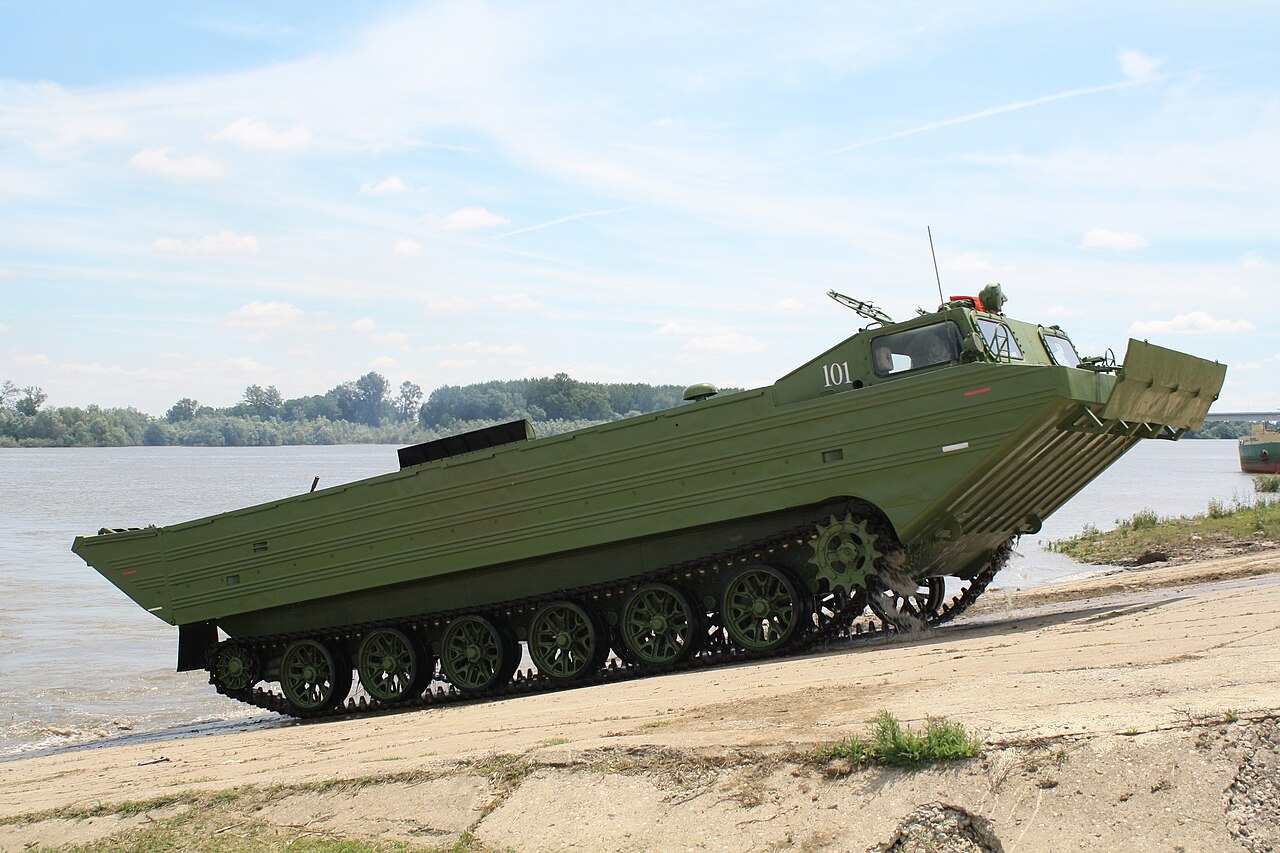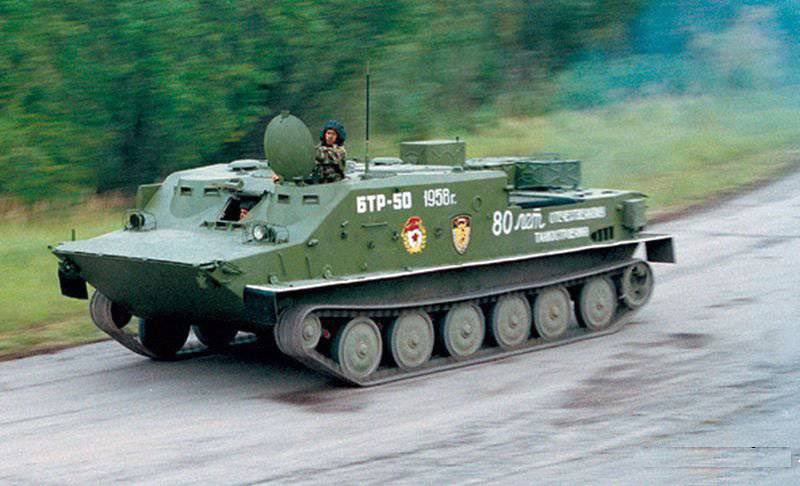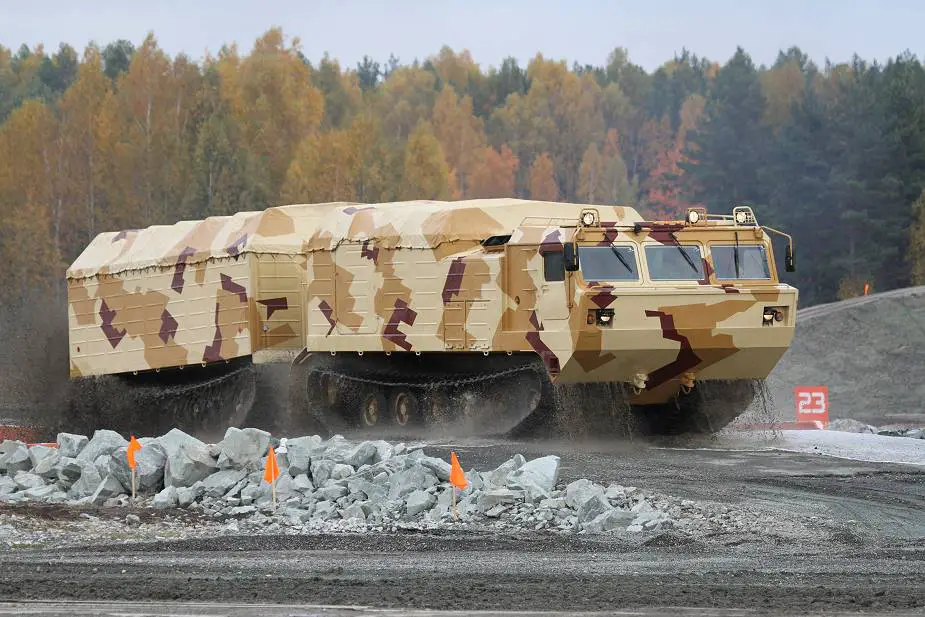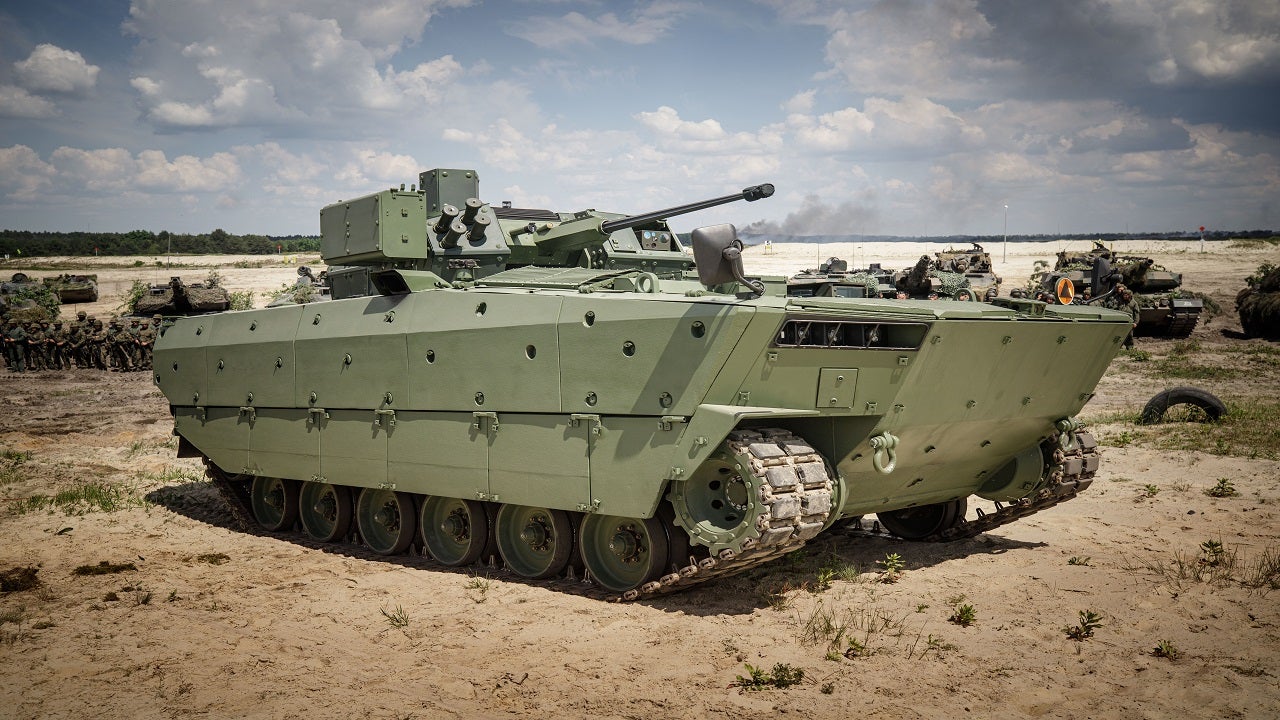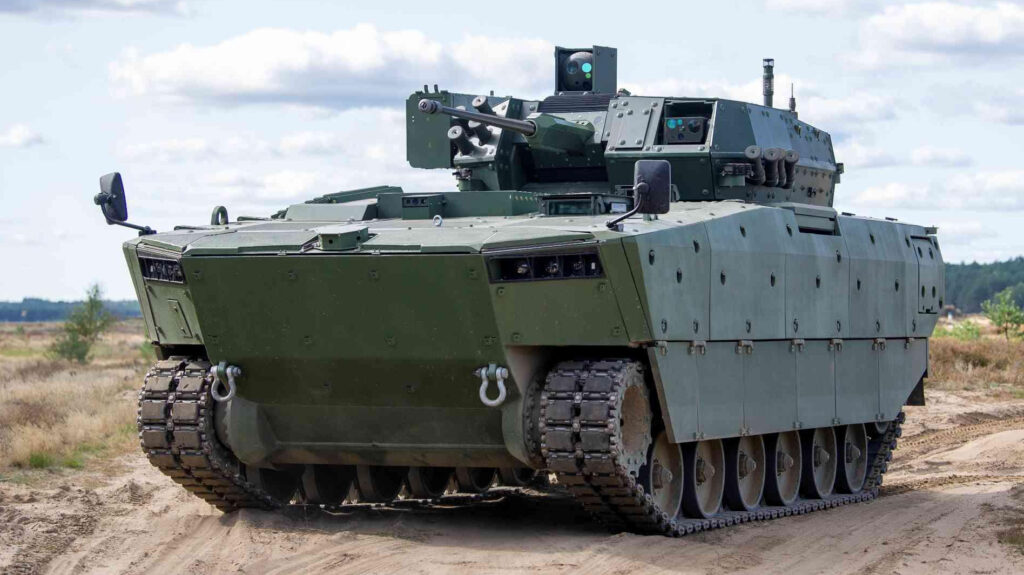Having crawled around a PT-76, I don’t think it did anything well.
Its success with India says more about the Pakistani incompetence in rushing in with the Chaffee ‘light tanks’ (if you’ve seen their armor it’s more along the lines of armoured car.
It’s solely redeeming feature was mobile support in wet terrain - which in this day and age can be done with far more practical systems.
How well any particular piece of equipment performs is entirely secondary to the identification of a piece of equipment to solve a problem. PT76 was a step up from a DUKW in reducing the impact of water obstacles. Likewise the M113. The M113 could cross shallow creeks and narrow rivers without having to replicate the lessons of "A Bridge Too Far".
Boats stuck in convoys.
Bailey bridges stuck in convoys.
Open boats crossing under fire with paddles
Having to seize bridges in the first place.
Not that XXX Corps would have lasted as long as it did in Ukraine today. Another long tailback.
D-Day was only the start in the West.
The Scheldt.
Walcheren.
The Arnhem campaign to cross the Dommel, Gender and
Tongelreep rivers at Eindhoven, the Waal at Nijmegen and the Rhine at Arnhem.
The Rhine at Remagen.
The Rhine at Wesel.
The Elbe.
In the East it was:
The Volga at Stalingrad.
The Don,
The Donetsk
The Dniepr
The Dniester
The Wisczla
The Oder
The Elbe
All of those contributed to the preference for tin cans over iron boxes. The tin cans were better than canvas Folbots and open DUKWs.
As for the Forbes article. All vehicles are going to take casualties. In war time aggressive commanders are going to exploit their capabilities to the maximum and press until they observe the enemy reacting with effective fire. That fire is deemed effective when casualties are created. The 37th Marine Brigade is the one actually advancing in the Zaporizhia region, despite being lightly armoured with Mastiffs, T80s and AMX-10RCs.
Judging from reports, with the Russians reporting that the Ukrainians mounted a "heavy push"with, quote: "five tanks and five armoured fighting vehicles" against their positions in the village of Rivnopil.
Sections of Russians holding long lengths of trenches. A platoon of Hummvees. A company of Mastiffs with a T80. A company of "tanks and armoured fighting vehicles"
I would say that at this stage in the "game" the skirmishers are skirmishing. The Heavy Brigades have yet to be committed.


